How to Make Crème Brûlée
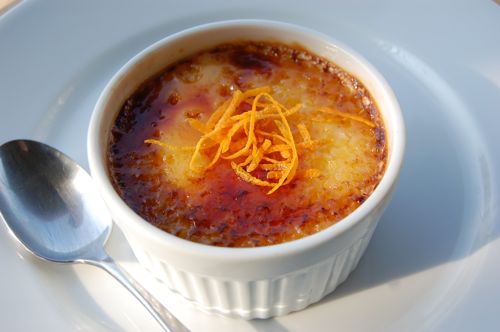
My favorite crème brûlée is a very pain one, with just half a teaspoon of vanilla extract added. After that, it’s crème brûlée scented with orange, like this one right here. Like an English pudding, crème brûlée somehow manages to pull off a sense of grandeur while still being an incredibly simple thing to prepare. Among its many virtues, it’ll keep for several days in the fridge, making it an ideal dessert to serve at a dinner party. You simply pop them out of the fridge, caramelize the tops and you’re good to go.
Start by preheating your oven to 325 and setting a pan of water on the stove to simmer. Next, infuse your cream. Put half a pint of cream in a small saucepan along with the rind of half an orange and half a teaspoon of vanilla extract (this recipe can be doubled if you like). Bring the mixture to a simmer and set it aside.
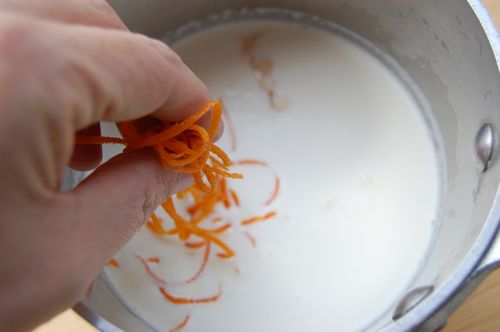
Add your sugar to your egg yolks…

…and whisk until light in color.
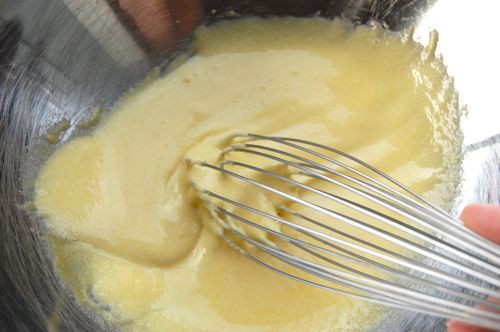
Strain the warm — now orange-scented — cream into the egg and sugar mixture…

…and whisk until the sugar is melted.
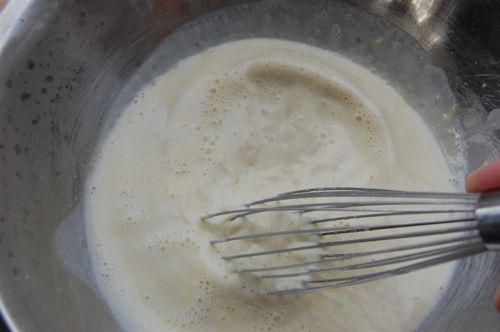
Now all there is to do is ladle the mixture into your ramekins. I’ve got mine sitting in a roasting pan here, but you can use a baking dish too.
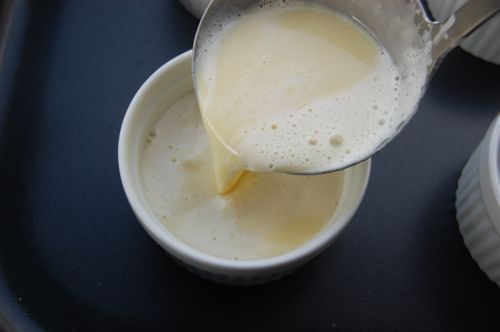
Put the roasting pan on a low rack in the oven, then add enough simmering water to come half way up the sides of the ramekins.
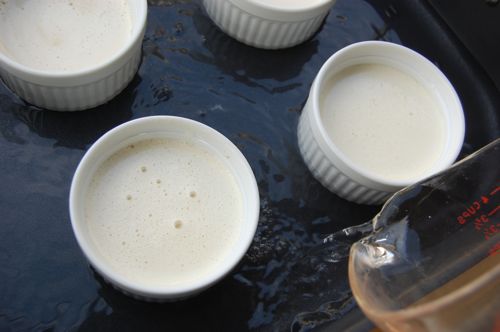
Bake about half an hour, until the custard is set (when you move the ramekin it should jiggle, not slosh). Let the custards cool, then put them in the refrigerator for a minimum of four hours, ideally overnight. When you’re ready to serve them, spinkle about a tablespoon of granulated sugar onto the top of each custard. Oops…I sort of overdid it here. Oh well, no biggie.
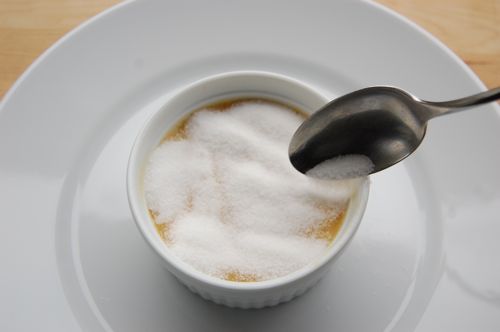
Now, apply the heat. As luck would have it, I ran out of propane about half a second after this picture was snapped. Not having a salamander handy, I went with the other, other option: the broiler. It works just fine, though you want to take care to get the sugared custard as close to the heat source as you reasonably can. You want a lot of heat delivered quickly, so as to caramelize the sugar without cooking — and breaking — the custard. More time in the broiler means a greater chance of curdling — so blast the suckers and get’em out of there.
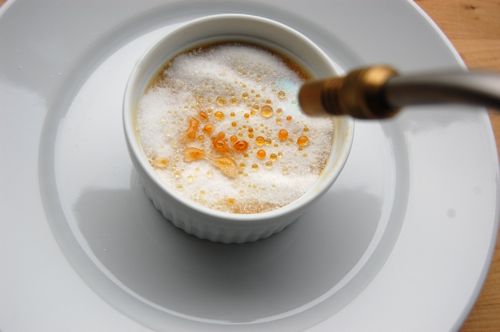
Once you’ve got a nice brown top, let them sit for five minutes so the molten sugar hardens. Plate, garnish and serve.
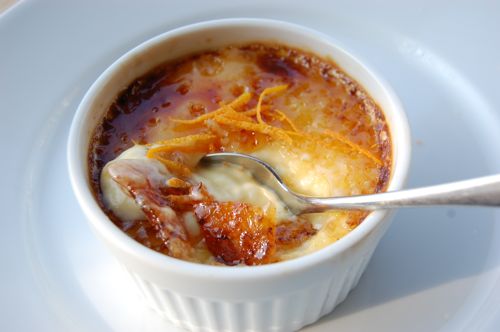
Oh yeah, that’s the stuff.
UPDATE: Chef Mike C. adds:
My Banquets & Catering chef at the CIA would always sprinkle an initial layer of sugar onto his brulees as soon as they came out of the oven. This way, that sugar would melt and fill in the little pits or uneven bits on the surface. That way, he said, when you put another layer of sugar on top when they were all cooled, you would have a perfectly smooth, glass-like layer of caramelized sugar.
Another chef I worked with in California used brown sugar instead of granulated sugar. I don’t remember them having an exceptional crunch (maybe because of the molasses?), but the flavor on them was great.
Thanks Mike!
Raw sugar works amazing for melting quickly and evenly and turning a nice shade of brown.
Thank you, Jessica!
– Joe